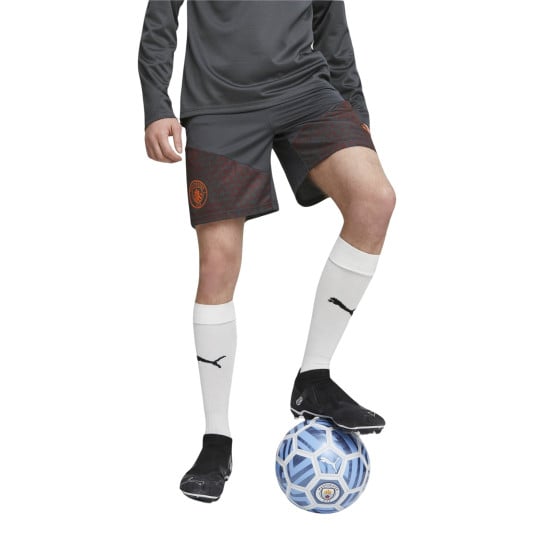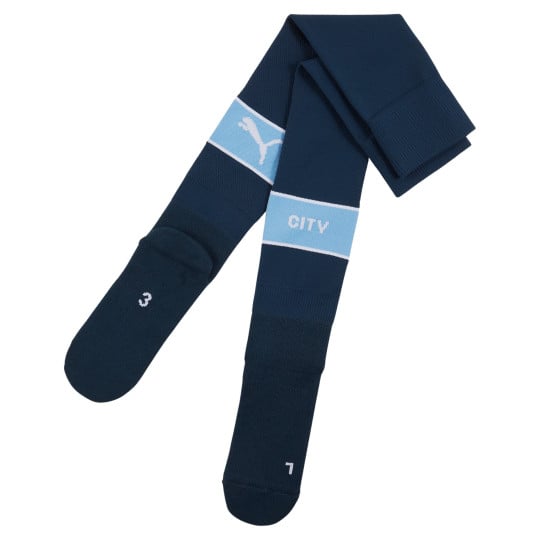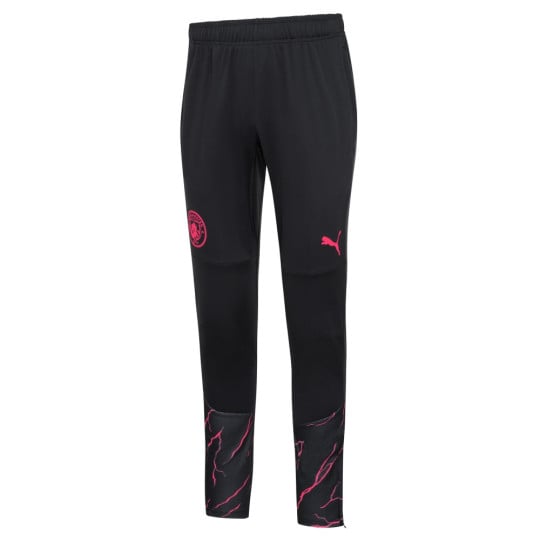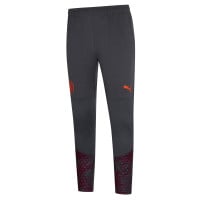No more product

Are you satisfied with the range?
Filter Reset all
Main category
Product Type
Size (ball)
Explanation
Team
League
Country
Price
9,00
160,00
Audience
Brand
Features
Explanation
Pockets
Ankle zipper
Explanation
Technology
Season
Fit (clothing)
Shirt Type
Sleeve
Pants Type
Sock Type
Explanation
Ball Type
Explanation
Are you happy with the filters?
Size 5 (circumference 68-71 cm)
The most common ball size and is used for ages 11 and up.
Size 4 (circumference 63-66 cm)
Used for youth teams between 8 and 10 years old. Ball size 4 is also used for indoor soccer.
Size 3 (circumference 58-61 cm)
Used for youth teams aged 6 and 7.
Size 1 (circumference 45-51 cm)
The mini ball is used for technique training, but is also a perfect gift for collectors. Even the youngest footballers can gain their first experience with the ball with it.
The most common ball size and is used for ages 11 and up.
Size 4 (circumference 63-66 cm)
Used for youth teams between 8 and 10 years old. Ball size 4 is also used for indoor soccer.
Size 3 (circumference 58-61 cm)
Used for youth teams aged 6 and 7.
Size 1 (circumference 45-51 cm)
The mini ball is used for technique training, but is also a perfect gift for collectors. Even the youngest footballers can gain their first experience with the ball with it.
Football Boots
With Sock: this type of football boots has a raised sock at the instep for extra support around the ankle and a streamlined look.
With Tongue: these football boots have a folded tongue with elastic for maximum comfort and stability.
Laceless: football boots without laces are a must-have if you want to put on your football boots in a snap and go onto the pitch. The material ensures that the shoe fits perfectly around your foot.
Clothing
1/4 zip: zip up to the neck with a stand-up collar.
Full zip: zip over the entire height.
No zip: garment without a zip.
Shin Guards
Sleeve Only: shin guard sleeves keep your protection firmly in place thanks to elastic material that fits well, without compromising freedom of movement.
With Ankle Protection: shin guards with ankle protection provide extra support and safety during training and matches.
With Sock: shin guards with sleeves keep the protection comfortably in place and provide extra freedom around the ankle.
Without Sock: shin guards without a sock are easily attached with Velcro, so they stay in place during play.
With Sock: this type of football boots has a raised sock at the instep for extra support around the ankle and a streamlined look.
With Tongue: these football boots have a folded tongue with elastic for maximum comfort and stability.
Laceless: football boots without laces are a must-have if you want to put on your football boots in a snap and go onto the pitch. The material ensures that the shoe fits perfectly around your foot.
Clothing
1/4 zip: zip up to the neck with a stand-up collar.
Full zip: zip over the entire height.
No zip: garment without a zip.
Shin Guards
Sleeve Only: shin guard sleeves keep your protection firmly in place thanks to elastic material that fits well, without compromising freedom of movement.
With Ankle Protection: shin guards with ankle protection provide extra support and safety during training and matches.
With Sock: shin guards with sleeves keep the protection comfortably in place and provide extra freedom around the ankle.
Without Sock: shin guards without a sock are easily attached with Velcro, so they stay in place during play.
Training pants with ankle zipper have a handy zip at the bottom of the legs, making it easy to put the pants on and take them off without taking off your (football) shoes.
The surface (or ground) is important when buying football boots or goalkeeper gloves. We always advice to choose the surface you are going to use the product on. This way you can perform optimally and prevent injuries or rapid wear.
Want to know more about surfaces? Then check out our blog:
Football boots buying guide
Goalkeeper gloves buying guide
Want to know more about surfaces? Then check out our blog:
Football boots buying guide
Goalkeeper gloves buying guide
Ankle socks: short socks up to the ankle, perfect for your sneakers.
Compression socks: improves blood circulation, which can prevent muscle pain and injuries. It also promotes muscle recovery.
Football socks: football socks over the calf, perfect for your matches.
Grip socks: more grip in your shoes, prevents blisters and ankle injuries. Want to read more? Check out our blog about grip socks.
Sock Sleeves: football socks without a foot. Often worn in combination with grip socks.
Sports socks: to wear during sports or in your free time.
Training socks: football socks up to the calf, perfect for your football training.
Compression socks: improves blood circulation, which can prevent muscle pain and injuries. It also promotes muscle recovery.
Football socks: football socks over the calf, perfect for your matches.
Grip socks: more grip in your shoes, prevents blisters and ankle injuries. Want to read more? Check out our blog about grip socks.
Sock Sleeves: football socks without a foot. Often worn in combination with grip socks.
Sports socks: to wear during sports or in your free time.
Training socks: football socks up to the calf, perfect for your football training.
Beach football: suitable for playing football on the beach. This ball is resistant to sand and seawater.
Fan ball: ball in all sizes of your favourite country or club.
Indoor football: has a lower bounce, making the ball extremely suitable for indoor use.
Match ball: suitable for playing matches due to the special properties (mainly the upper material).
Skill ball: smaller size ball with which you can practice your skills perfectly.
Street ball: special ball that is suitable for playing football on the street.
Training ball: suitable for training. The construction of a training ball differs from that of a match ball.
Fan ball: ball in all sizes of your favourite country or club.
Indoor football: has a lower bounce, making the ball extremely suitable for indoor use.
Match ball: suitable for playing matches due to the special properties (mainly the upper material).
Skill ball: smaller size ball with which you can practice your skills perfectly.
Street ball: special ball that is suitable for playing football on the street.
Training ball: suitable for training. The construction of a training ball differs from that of a match ball.































































































